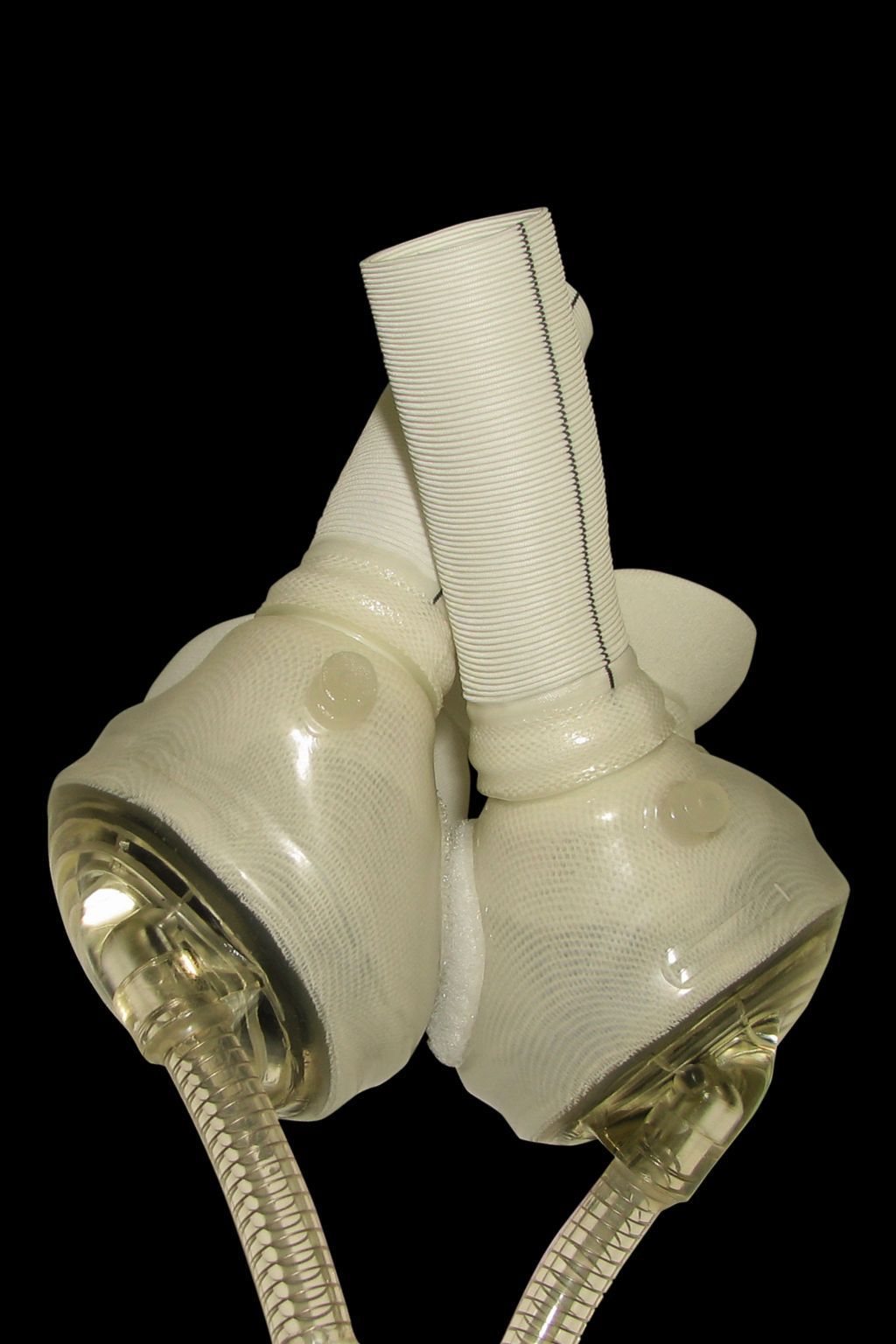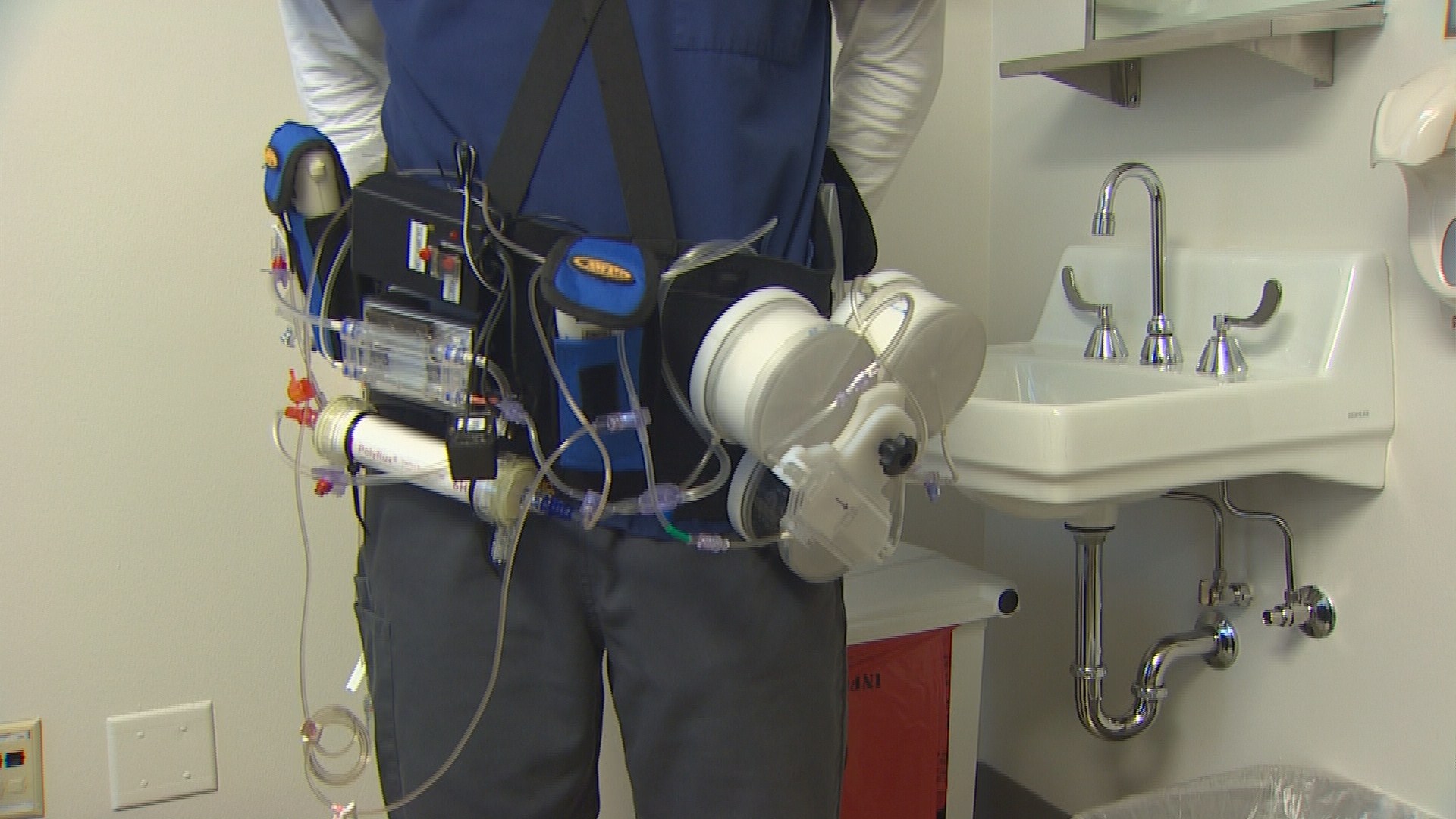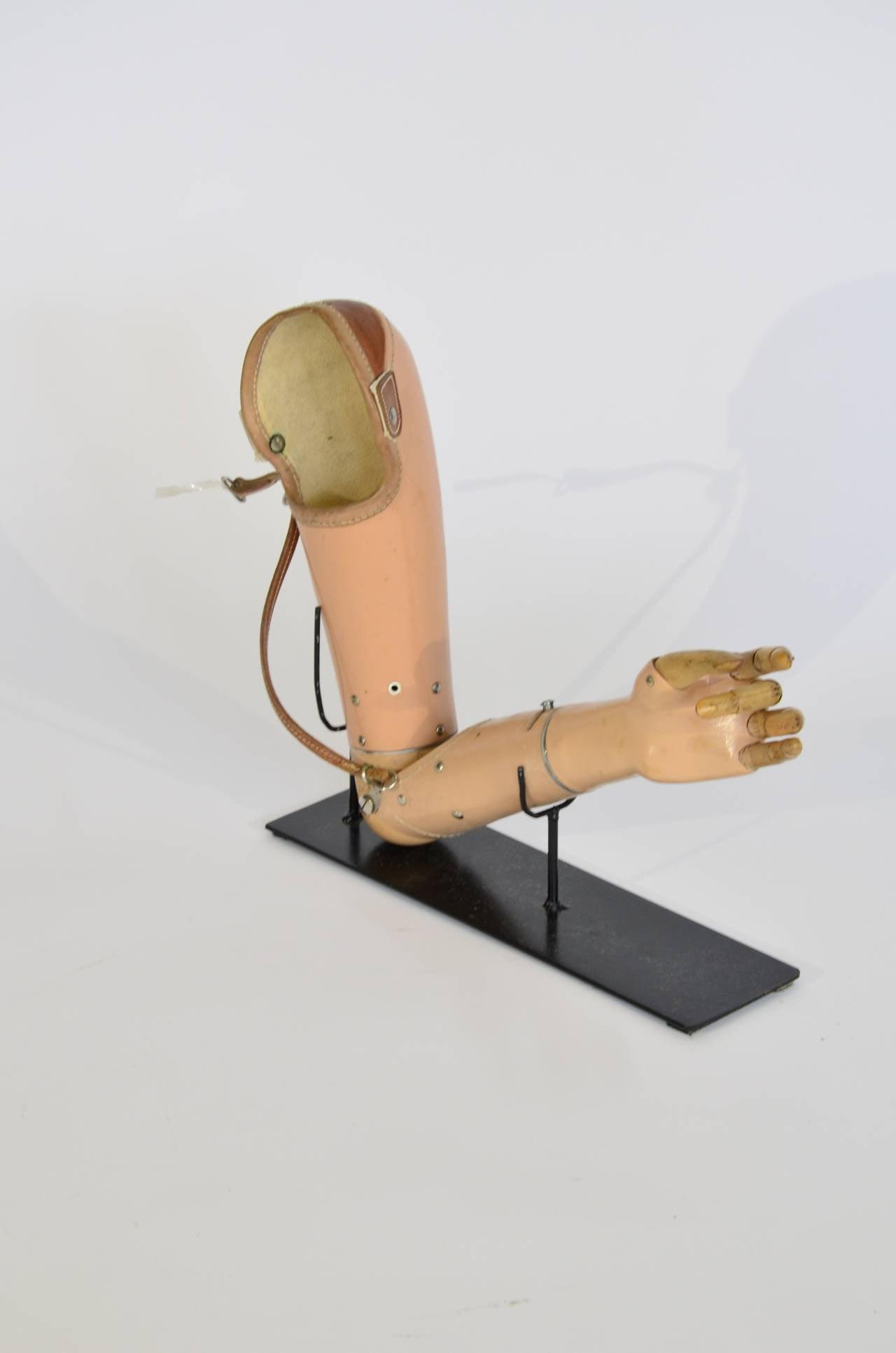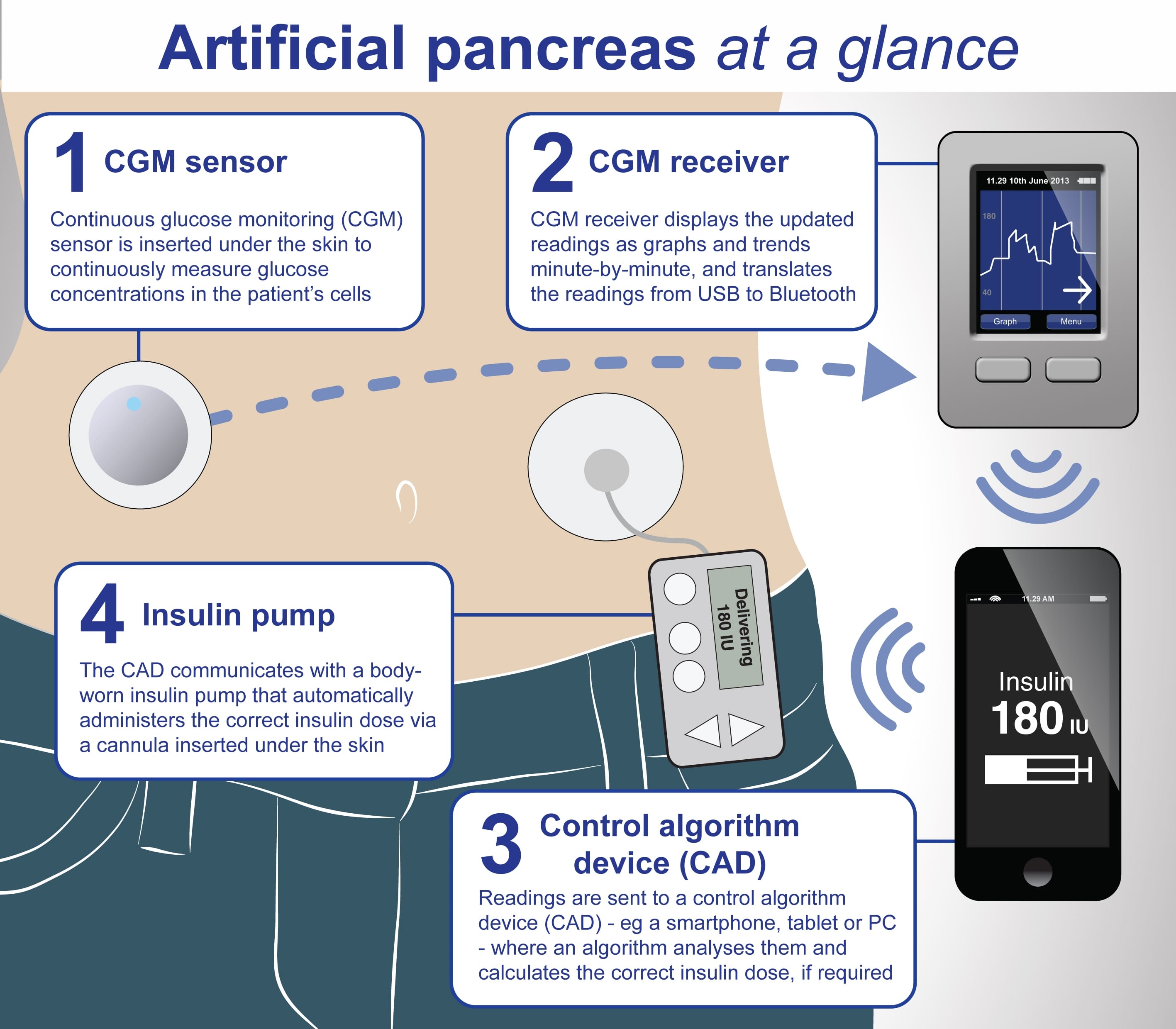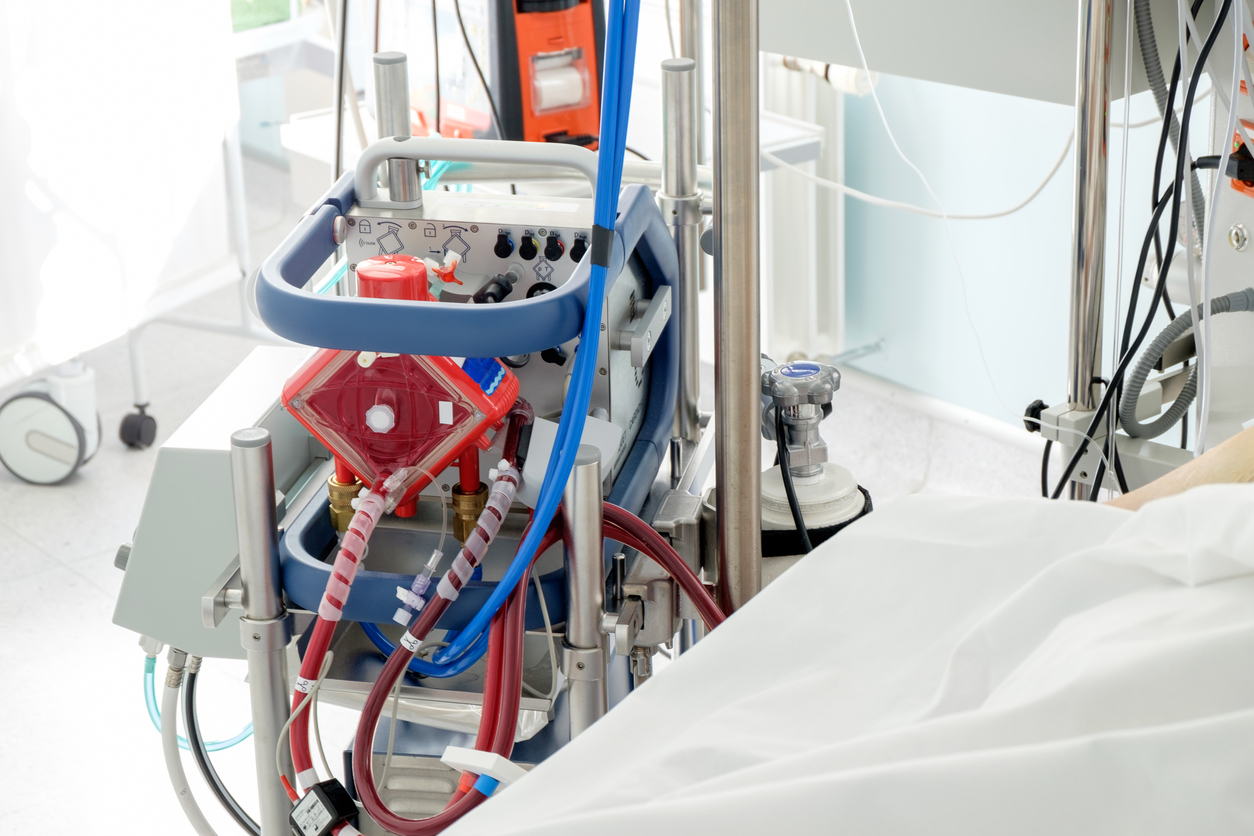Evolution Of Artificial Organs Presentation
| Introduction to Artificial Organs | ||
|---|---|---|
| Artificial organs are man-made devices designed to replace or support the function of natural organs. The evolution of artificial organs has been driven by advancements in technology and medical science. These organs have the potential to revolutionize healthcare by providing solutions to organ failure. | ||
| 1 | ||
| Early Innovations in Artificial Organs | ||
|---|---|---|
| The first successful artificial organ was the artificial heart, developed by Dr. Paul Winchell in 1952. In the 1960s, the first kidney dialysis machines were introduced, enabling the artificial filtering of blood. The development of cochlear implants in the 1970s revolutionized hearing restoration for the deaf. | ||
| 2 | ||
| Advancements in Artificial Heart Technology | ||
|---|---|---|
| The SynCardia Total Artificial Heart, approved by the FDA in 2004, is a temporary solution for patients awaiting heart transplants. Continuous flow artificial hearts, like the HeartMate II and HeartMate III, provide long-term support for heart failure patients. Researchers are actively working on bioengineered hearts using 3D printing and stem cell technology for permanent heart replacements. | ||
| 3 | ||
| Progress in Artificial Kidney Development | ||
|---|---|---|
| Hemodialysis machines have improved significantly, enabling more efficient removal of waste and toxins from the blood. Wearable artificial kidneys, currently under development, aim to provide continuous dialysis for improved patient quality of life. Bioartificial kidneys, incorporating living cells, offer the potential for improved toxin removal and reduced immunosuppression. | ||
| 4 | ||
| Advancements in Artificial Limbs | ||
|---|---|---|
| Early prosthetic limbs were basic and lacked functionality. Today, advanced prosthetics can closely mimic natural limb movement. Myoelectric prosthetics use electrodes to detect muscle movements, allowing users to control the prosthesis with ease. The development of neural interfaces has the potential to enable direct communication between artificial limbs and the user's brain. | ||
| 5 | ||
| Progress in Artificial Pancreas Development | ||
|---|---|---|
| The first artificial pancreas systems, combining continuous glucose monitors and insulin pumps, have been approved for use. Closed-loop systems use algorithms to automatically adjust insulin delivery based on real-time glucose levels. Researchers are exploring the use of stem cells and bioengineering to develop bioartificial pancreas implants. | ||
| 6 | ||
| Breakthroughs in Artificial Lung Technology | ||
|---|---|---|
| Extracorporeal membrane oxygenation (ECMO) machines provide temporary lung support for patients with severe respiratory failure. Bioartificial lungs, incorporating living cells, offer the potential for improved gas exchange and reduced immune response. Researchers are developing miniaturized artificial lungs that could be used for long-term support or lung transplantation. | ||
| 7 | ||
| Challenges and Future Directions | ||
|---|---|---|
| The cost of artificial organs remains a significant challenge, limiting their accessibility to patients. Long-term compatibility, durability, and biocompatibility are crucial factors for the success of artificial organs. The future of artificial organs lies in the development of fully functional, bioengineered organs that can be seamlessly integrated into the human body. | ||
| 8 | ||
| Ethical Considerations and Conclusion | ||
|---|---|---|
| Artificial organs raise ethical concerns such as allocation, equity, and the potential commodification of human body parts. Despite challenges and ethical considerations, the evolution of artificial organs has the potential to save countless lives and improve quality of life for patients. Continued research and development in this field will be crucial to address the growing demand for organ transplantation and improve healthcare outcomes. | ||
| 9 | ||
| References (download PPTX file for details) | ||
|---|---|---|
| Insert a list of credible sources used in the... Your second bullet... Your third bullet... |  | |
| 10 | ||

